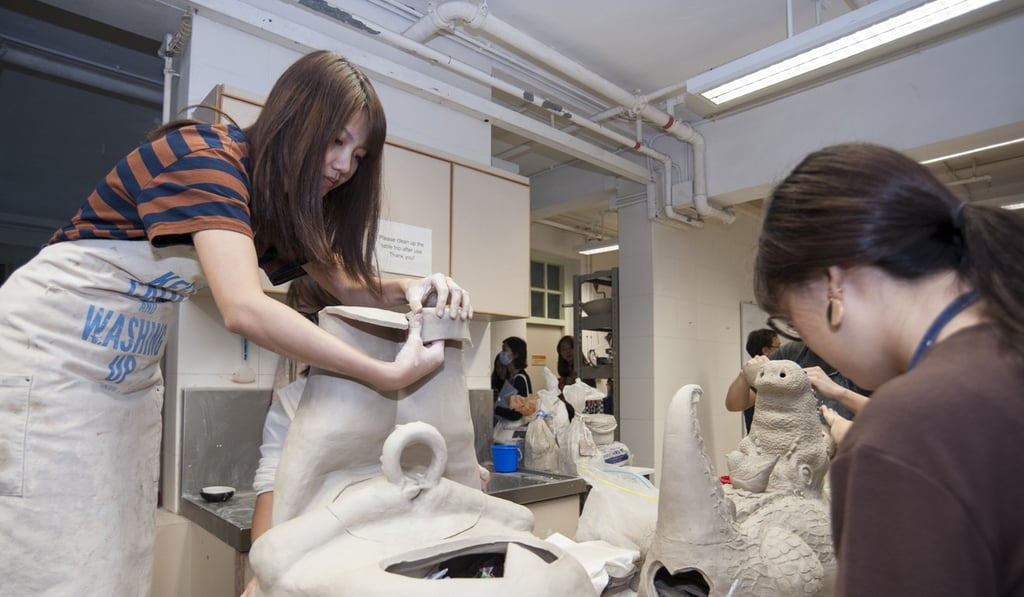Art for more than art’s sake
- Students looking to work in the art world need to equip themselves with knowledge of business, technology and social issues

It caused something more than a stir when the first artificial intelligence (AI)-generated artwork – an indistinct face of a pseudonymous Edmond de Belamy – sold for US$432,500 on an October evening in the auction house of Christie’s New York. It marked a significant milestone for new thinking about the possibilities of technology in the art world, according to Jane Hay, international managing director of Christie’s Education.
“AI has already been incorporated as a tool by contemporary artists and as this technology further develops, we are excited to participate in these continued conversations,” Hay says. While the collective of artists and AI researchers at Parisbased collective Obvious “painted” the portrait with an algorithm, the art world is moving at a rate faster than Monet’s brushstrokes.
To adapt to these changes, Christie’s Education recently launched a new master’s programme in art history and art world practice, starting classes next September. Steeped in its 40 years of history, Christie’s Education is the only academic institution wholly owned by an auction house.
The 15-month taught postgraduate programme in London offers participants an insight into the history and current practices of cataloguing and curating art, as well as theories and the art market. Students will be able to develop an understanding of the historical context of different works of art, as well as acquire the curatorial skills for careers in museums and galleries, not to mention, art festivals that are cropping up across the globe.
“The object-based character of the new MA complements the existing MSc (art, law and business)’s legal and commercial emphasis,” Hay says.
